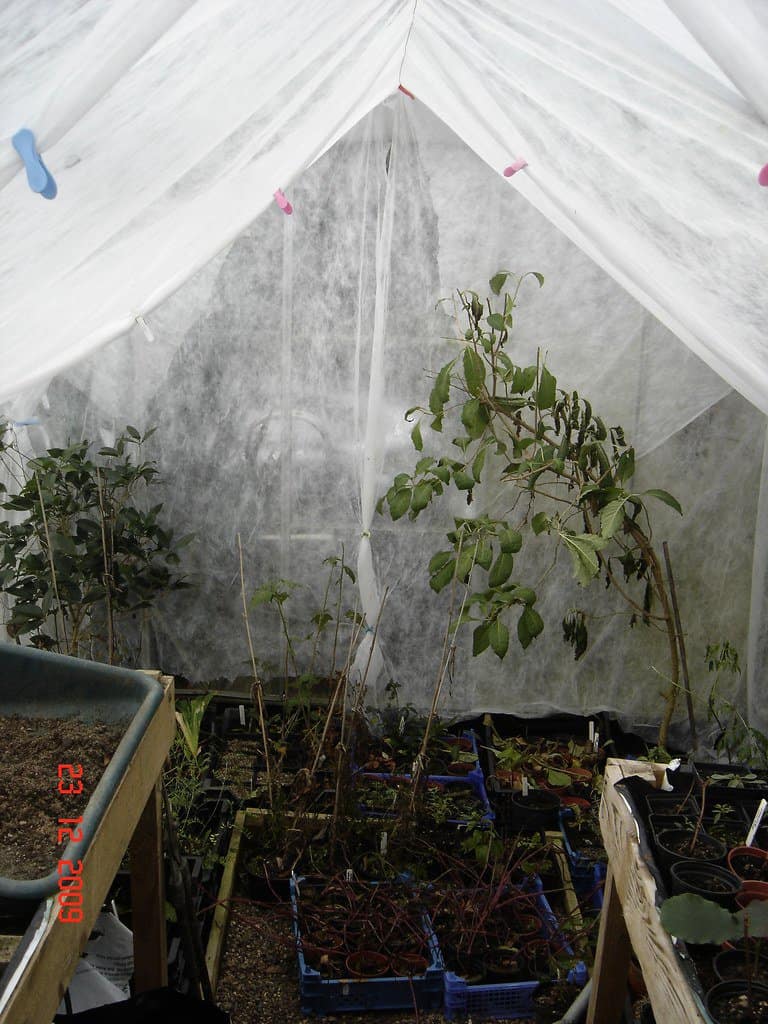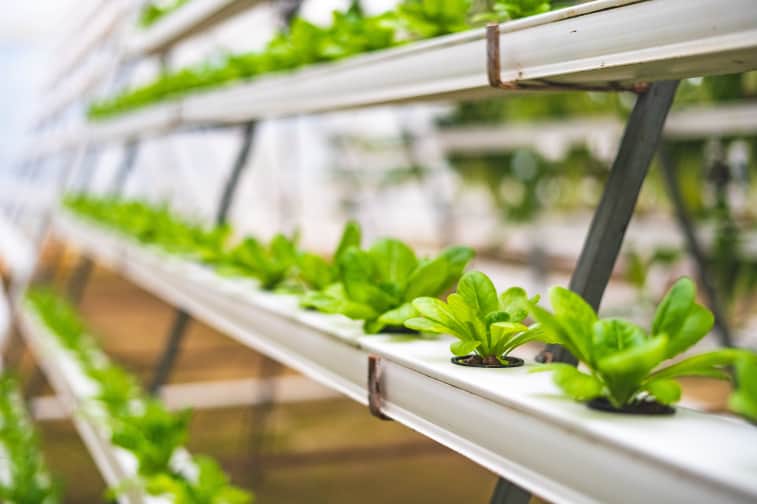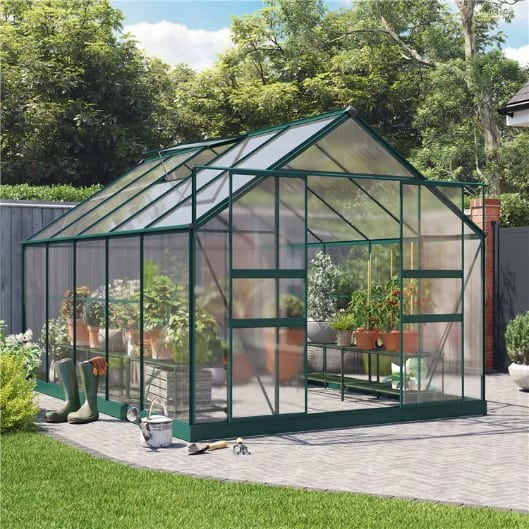Jump to:
Have you ever wondered why these plant-growing structures are called “greenhouses”? Let’s take a journey through their history, technology, and more to find out. Read on and get ready to gain a fresh perspective on these glass-enclosed sanctuaries. By the end, you’ll have a clearer understanding of why they bear the name they do.
History of Garden Greenhouses

Greenhouses have a fascinating history rooted in ancient times. People started experimenting with basic versions to control the environment for plant growth. Dating back, they’ve used materials like oiled cloth. People would apply oil to cloth to make it water-resistant and let sunlight through. This oiled cloth was stretched over frames to form a basic plant enclosure. Although basic, it shielded plants from harsh weather and offered a warm environment. This clever use of oiled cloth was one of the first steps in developing greenhouses. It highlights the smart farming methods of ancient times.
As time went on, improvements in making glass became essential. This turned them from simple shelters into advanced ones for year-round plant growth. Today’s modern greenhouses stand as prime examples of how they got and are getting. We now have top-notch materials for greenhouses, ensuring the best insulation and sunlight. Take, for instance, polycarbonate greenhouses, offering a low-maintenance solution as a bonus. Some models even come equipped with climate control systems.
Greenhouse history shows how smart humans are in improving farming using nature’s abilities.
Evolution of Greenhouse Technology

Greenhouse technology has come a long way, changing how we grow plants. Recent advancements include things like automatic climate control, hydroponic setup, and energy-efficient materials. These make it easier to create and maintain the ideal conditions for plant growth. Such upgrades ultimately boost agricultural productivity.
Technology is really important for making greenhouses work well for plants. Nowadays, we use modern technologies to make them like high-tech plant homes. Imagine it like a cosy space where greens get everything they need to thrive. All thanks to advanced gadgets, systems, and materials used. Wooden and metal greenhouses provide durability and insulation, creating optimal environments for plants. Using various materials shows how greenhouses are getting better and more useful.
Horticultural Purposes
Wooden greenhouses, for one, are special homes for plants. They create a perfect environment for greens to grow – letting in sunlight and keeping them warm. The name “greenhouse” stuck because these structures help plants stay green and healthy. It connects to the idea that these places are like a special house for plants. So, when gardeners say greenhouse, they mean a place where plants can grow really well.
So, Why “Greenhouse”?

Greenhouses get their name because they’re like cosy homes for plants. The word “greenhouse” is all about the healthy, green plants growing inside. They provide the right conditions – lots of sunlight and warmth, making plants happy. A greenhouse is more than a name; it’s a perfect description of a space that helps plants flourish and thrive.
Want to learn more about greenhouse gardening? We have a great guide to Greenhouse Gardening for Beginners.
Planning to invest soon? Explore Garden Buildings Direct for a range of greenhouses for sale.










